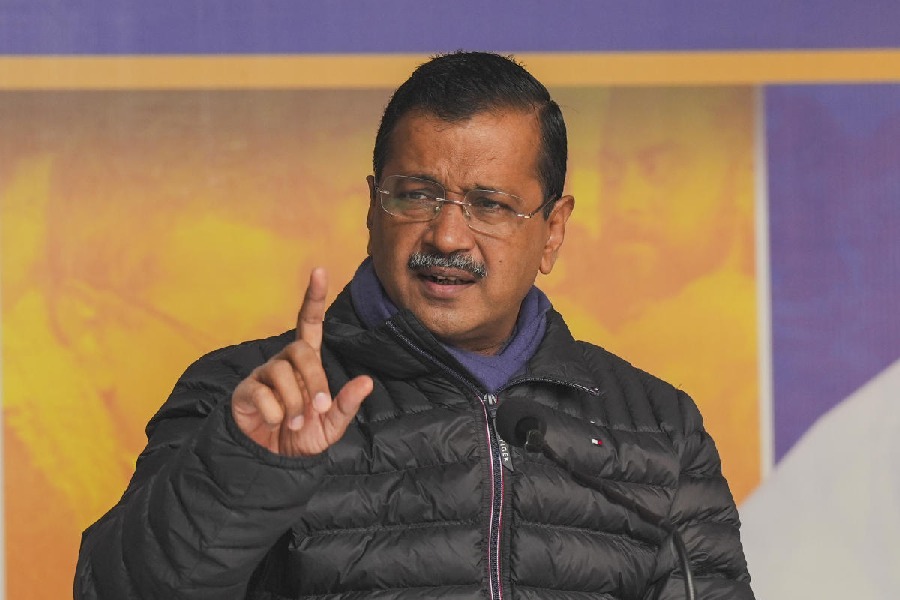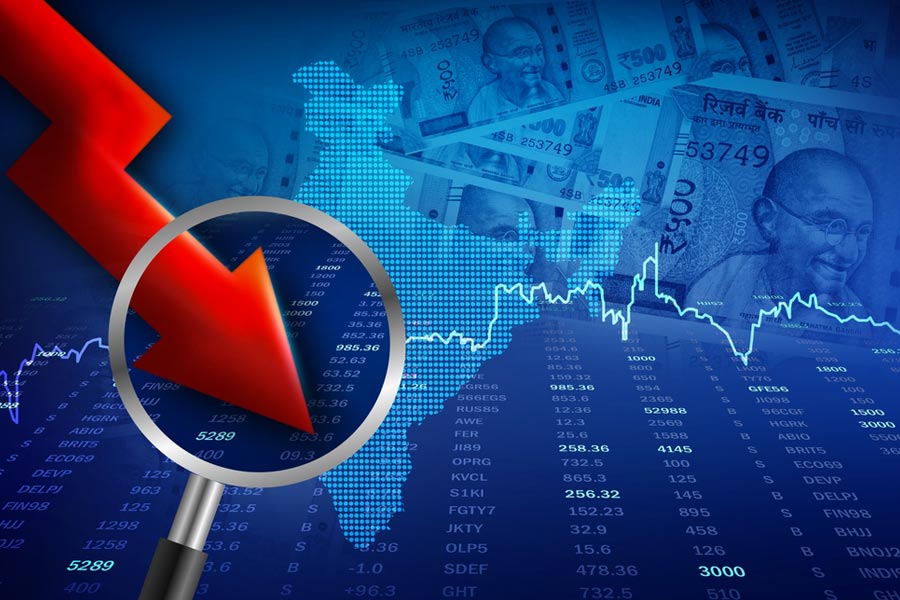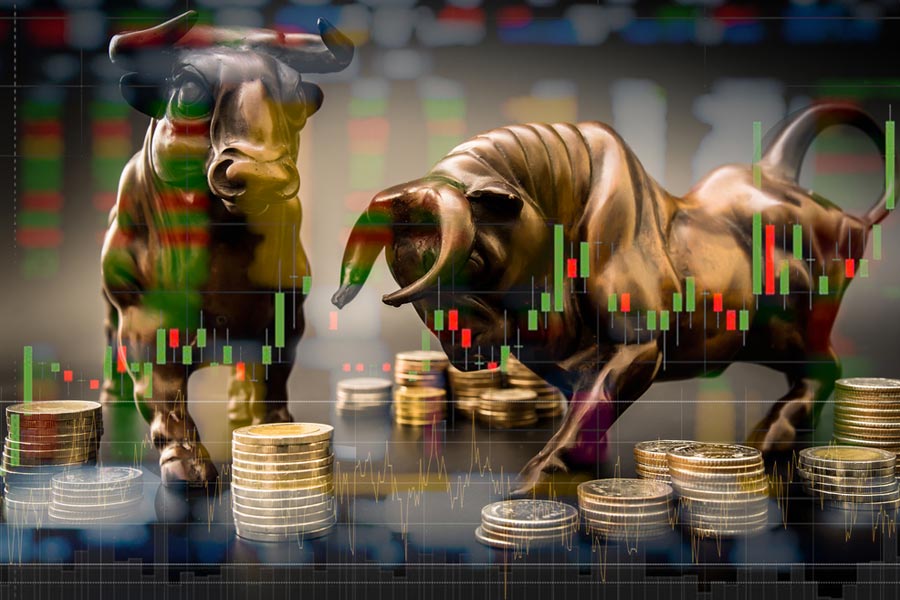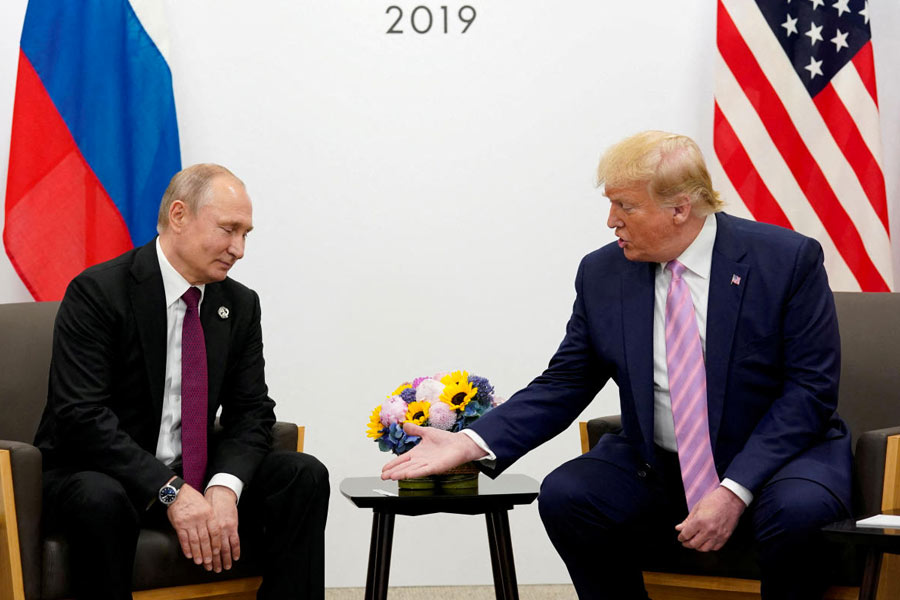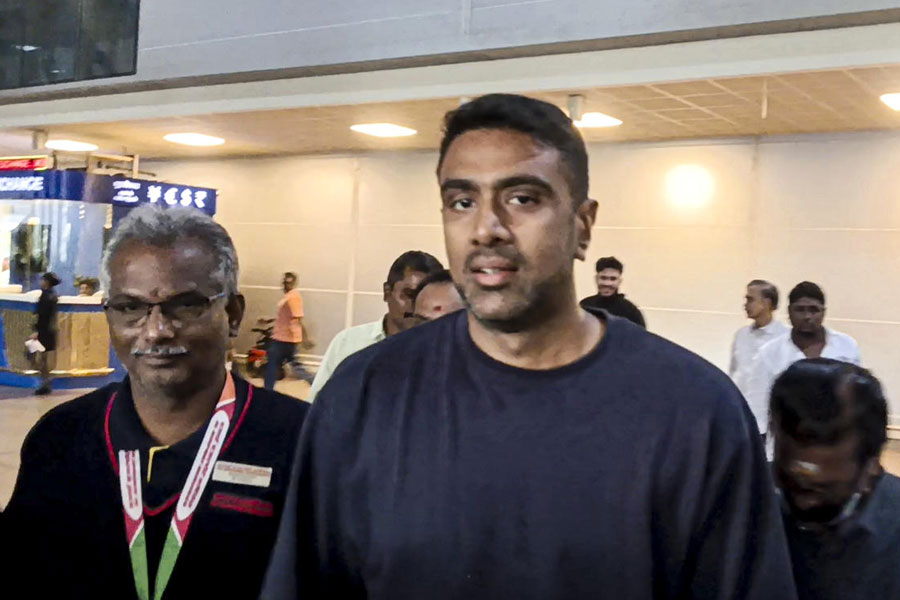With an out-of-work husband, housewife Sujeewa Nelum Perera is all too familiar with the struggle of feeding a family of four in Sri Lanka and has been forced to cut down on the number of meals they consume amid record-high food prices.
Perera’s husband, an autorickshaw driver, has been unable to earn any wages for two weeks now as dwindling fuel reserves in the country have prompted authorities to restrict fuel supplies to only essential services.
“We need about Rs. 2,000 ($5.50) per day for meals. But with food prices increasing daily we are down to about two meals,” Perera, 38, told Reuters while shopping for groceries in Kelaniya, a suburb about 9km from Colombo.
Sri Lanka’s inflation rate stood at 54.6 per cent in June, brought on in part by the worst financial crisis in decades, and economists say policymakers can do little to lower prices in the near future.
The island of 22 million people is wilting under a severe foreign exchange shortage that has left it struggling to pay for essential imports of fuel, fertiliser, food and medicine and has spurred people to take to the streets in protest.
The crisis comes after Covid-19 hammered the tourism-reliant economy and slashed remittances from overseas workers, and has been compounded by the build-up of enormous government debt, rising oil prices and a ban on the import of chemical fertilisers last year that devastated agriculture.
Food inflation reached 80.1 per cent year on year in June while transport costs surged 128 per cent, official data showed.
With soaring food prices, 70 per cent of households are now reporting reduced food consumption, Unicef said in a statement earlier this month. To consume a healthy diet as recommended by the WHO, a household must earn between Rs 93,675 to Rs 148,868, said Rehana Thowfeek, an economist specialising in tracking food inflation. However, Sri Lanka’s average household income is justRs. 76,414 per month and the poorest 20 per cent only earn Rs. 17,572, official data showed. To make matters worse, most vegetable prices have more than doubled while rice, a vital staple, has increased from Rs 145 per kg a year ago to Rs 230.
Sri Lanka is in talks with the IMF for a possible $3 billion bailout but it could take several months before a programme materialises. Analysts said inflation could peak in July but will continue to hover around 50per cent over the rest of theyear. “We expect an IMF programme in the latter part of the year. But even then inflation will only reach 10 percent-15 per cent around June 2023,” said Dimantha Mathew, an analyst at First Capital Research.


